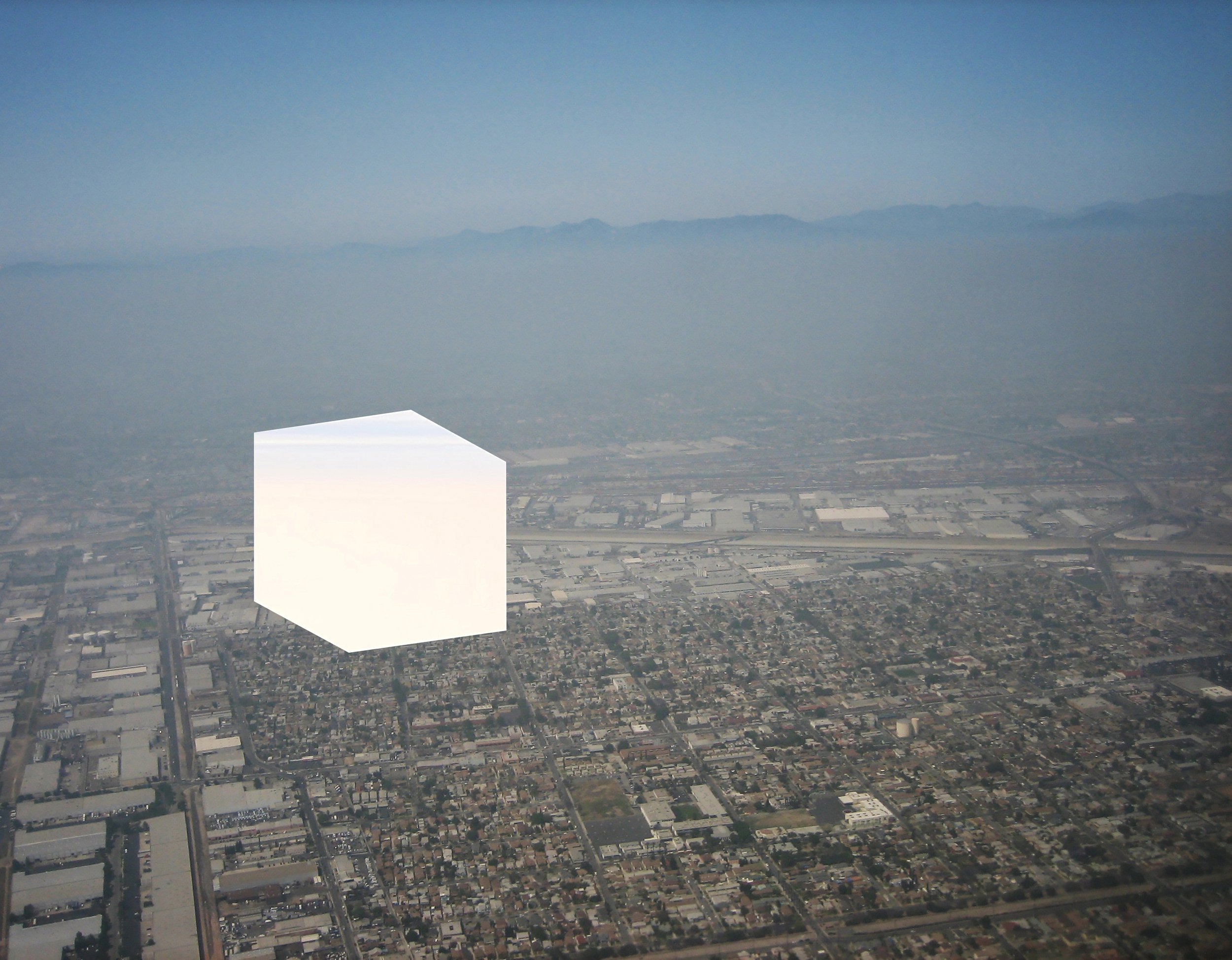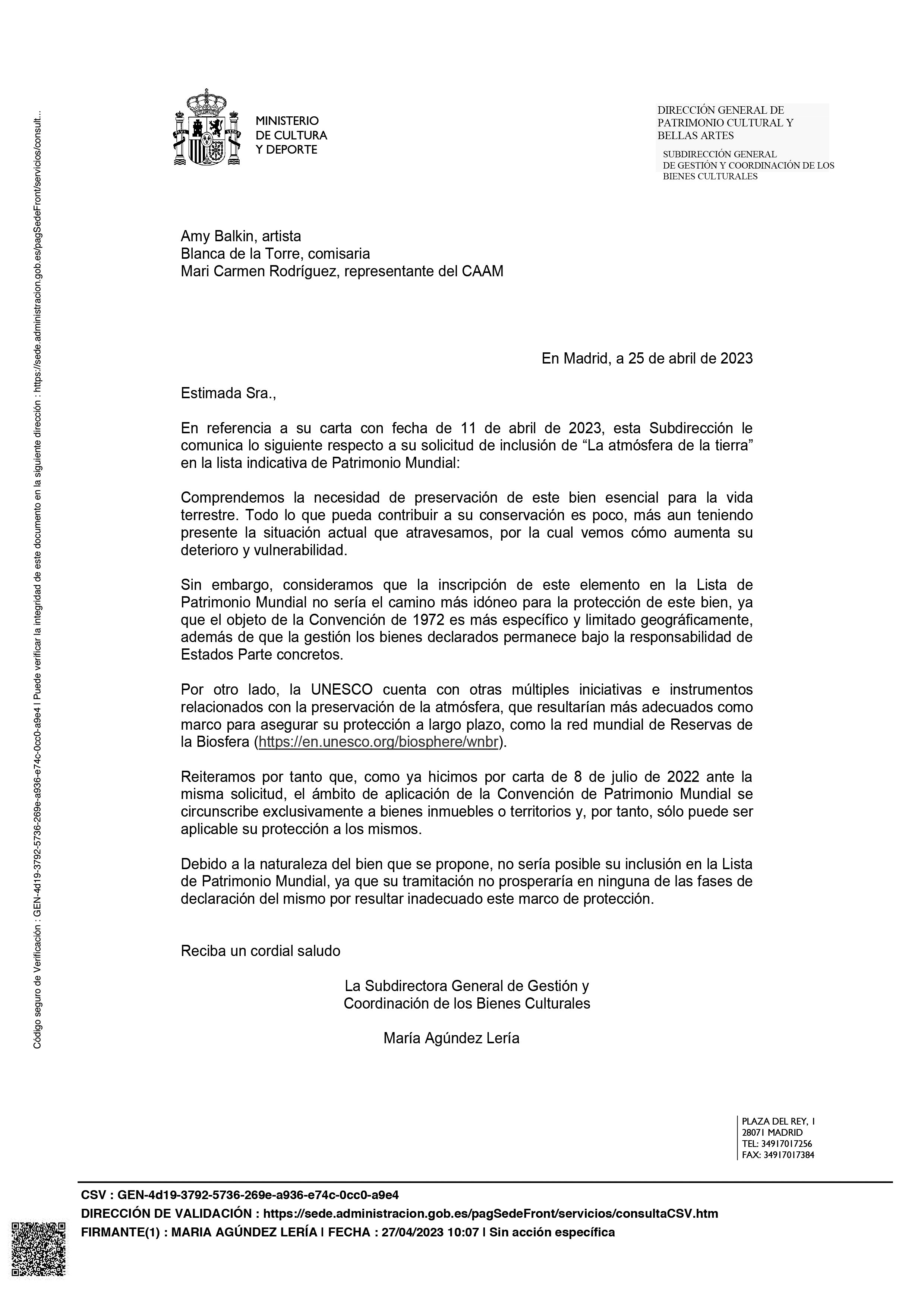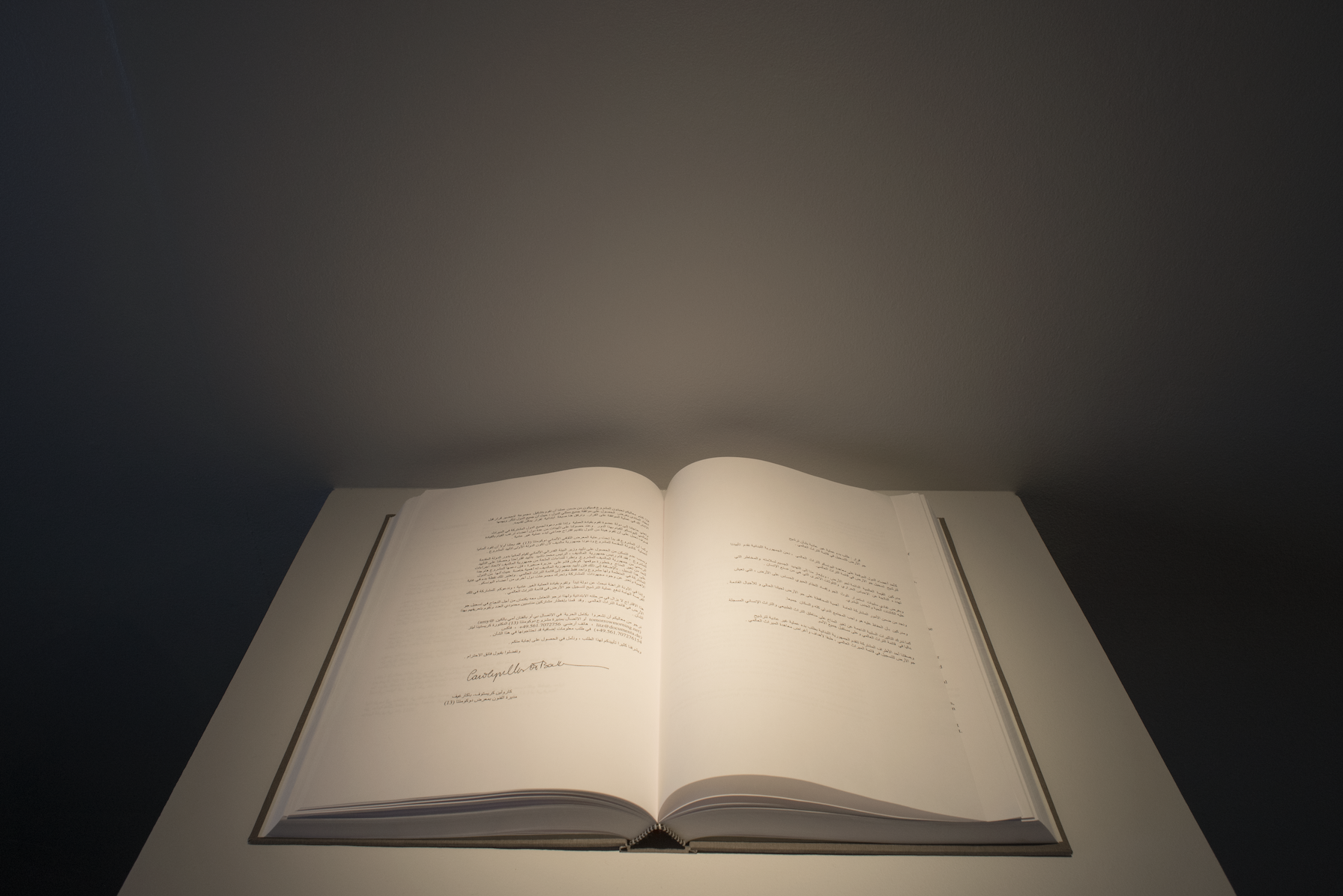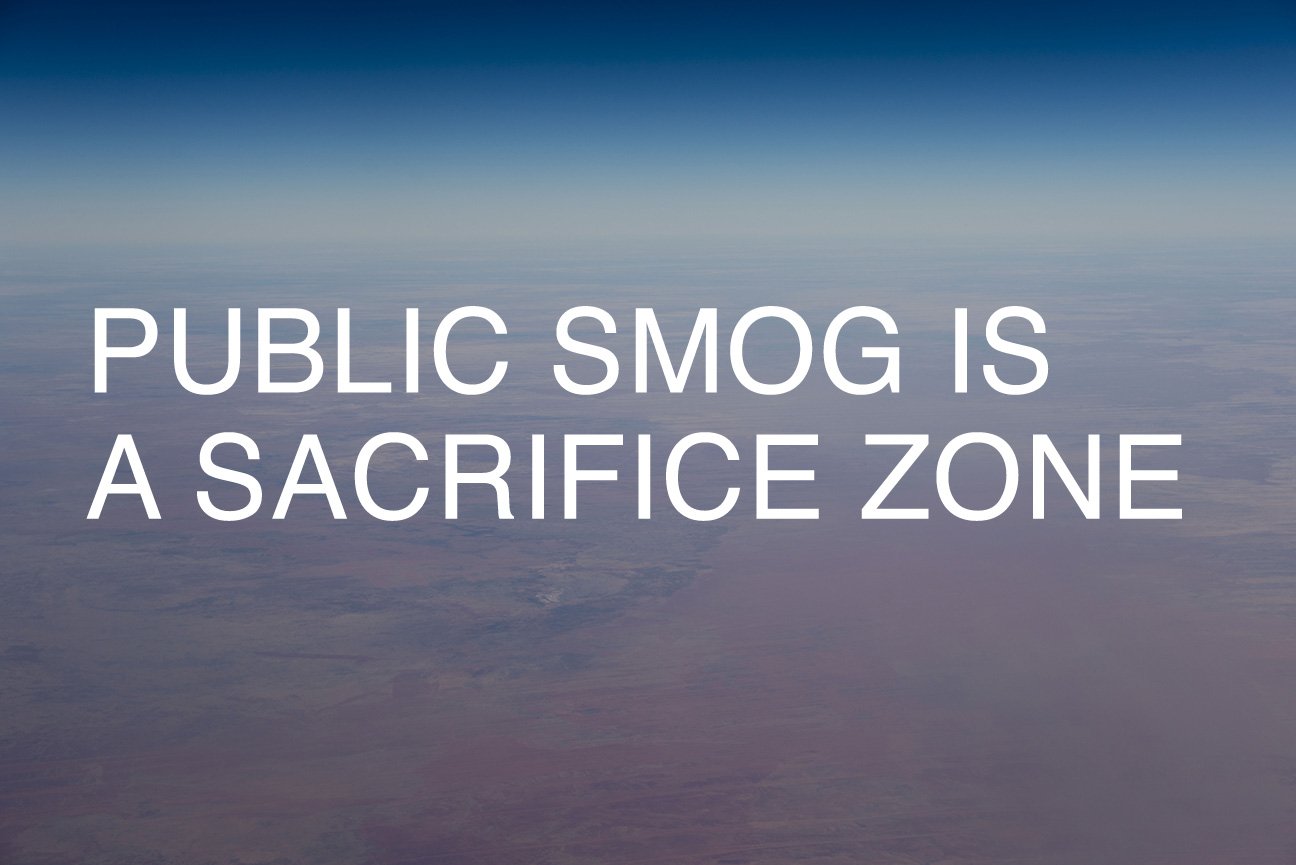














Public Smog
Public Smog is a park in the atmosphere that fluctuates in location and scale. The park is constructed through financial, legal, or political activities that open it for public use.
Activities to create the park have included purchasing and retiring emission offsets in regulated emissions markets, making them inaccessible to polluting industries.
When Public Smog is built through this process, it exists in the unfixed public airspace above the region where offsets are purchased and withheld from use.
The park’s size varies, reflecting the amount of emissions allowances purchased and the length of contract, compounded by seasonal fluctuations in air quality.
Public Smog first opened over California's South Coast Air Quality Management District in 2004, over the European Union in 2007, and over the United States in 2010.
Other activities to create Public Smog impact the size, location, and duration of the park.
These activities include an ongoing attempt to submit Earth’s Atmosphere for inscription on UNESCO's World Heritage List.
August 2012. 50,000 signed postcards shipped to Germany's Minister of the Environment, Peter Altmaier, requesting Germany lead a coalition process to inscribe Earth's Atmosphere on the UNESCO World Heritage List on an emergency basis.
September 2012. A further 40,000 postcards shipped.
November 2012. Letter of reply received from Peter Altmaier's office. Germany will not lead a coalition for inscription. Read the full reply here.
Summer 2015. Postcards to Mr. George Mina, Australian Ambassador to UNESCO. No response.
Spring 2022. Postcards to the Spanish delegation to UNESCO. Spain will not lead a coalition for inscription.
Public Smog is subject to prevailing winds and the long-range transport of aerosols and gases.
Contributors
Dr. Alexandra Thompson, David Oppenheimer, Mark Van Soestbergen, Josh On, Kate Rich, Dr. Gerd Mörsch, David Hardingham, Hari Kunzru, Dr. Birgitta Ringbeck, Greg Taylor, Prof. Dr. Harmut Vogtmann, Carolyn Christov Bakargiev, Prof. Dr. Gerd Weiss, Clemens Alban, and Simon Simon Großpietsch. Additional input and assistance from Fabienne Delpy-Adler, Dr. David Pepper and Dr. Thomas Cahill (CO2 Metrics), Kevin Smith of Carbon Trade Watch, the students on the MA Curating Contemporary Art, Royal College of Art, London class of 2007, Ingrid Swensen of Peer Trust, anonymous khat traders and chewers from Stepney Green, and the Monique Beudert Fund. Special thanks to Public Co. Trading partner Fiona Parry. Further special thanks to the unnamed trader who helped purchase NOx in 2004, to the New York based trader who attempted to assist with a trade in 2006, but was unable to, due to regulatory issues, and to the traders in Hungary who donated their time and waived their brokerage fees to execute EUA trades in 2006. Additional thanks to all who helped answer questions about the World Heritage List process, to friendly and unfriendly emissions trading brokers, agencies, and administrative representatives involved with, or consulted during the research and trading process. Last, thank you to Rob Halpern, Joseph Del Pesco and the Collective Foundation, the Seed Fund, and Ben Furstenberg.